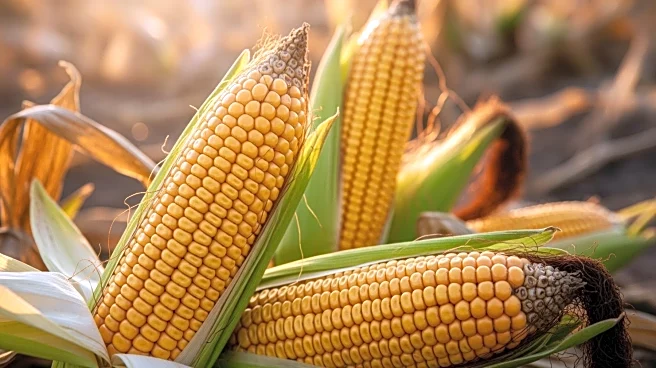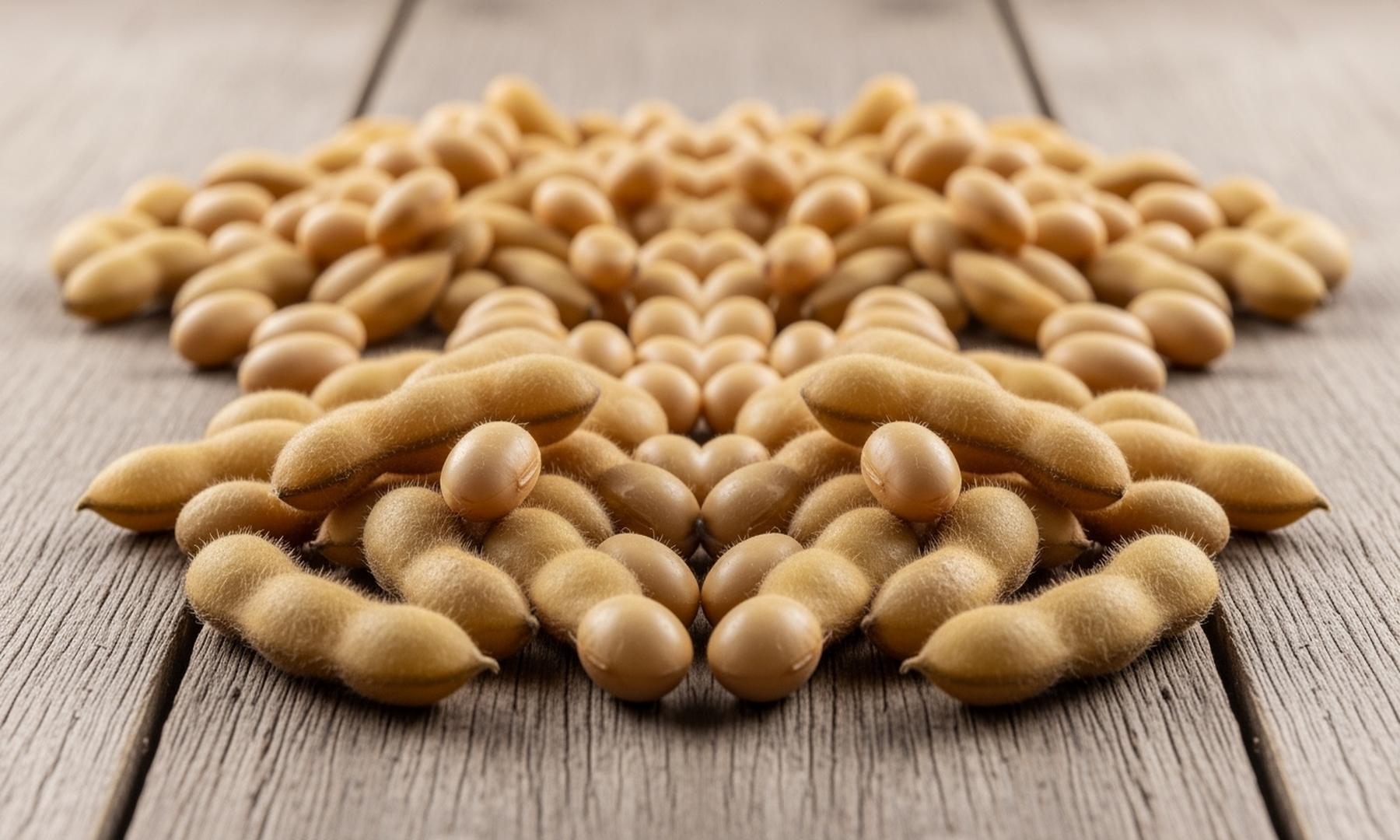What's Happening?
The corn harvest in Wisconsin is underway, with approximately 15% of fields harvested as of mid-October. Agronomic service representative Nick Groth from Syngenta Crop Protection reports that while yields are generally good, there are concerns about mycotoxin
levels in some fields, particularly in southern Wisconsin. Mycotoxins, produced by fungal pathogens such as Fusarium graminearum and Aspergillus species, pose risks to both livestock and grain prices. Environmental stressors like drought and hail have increased the potential for mold and mycotoxin development. The South Dakota State University Extension advises that keeping grains dry and cool can help mitigate these risks.
Why It's Important?
The presence of mycotoxins in corn can have significant economic and health implications. For farmers, high mycotoxin levels can lead to reduced grain prices and potential health hazards for livestock, impacting profitability. The broader agricultural industry may face challenges in maintaining grain quality standards, which could affect market dynamics and trade. Additionally, the need for effective storage and handling practices highlights the importance of agricultural management in mitigating environmental impacts on crop quality.
What's Next?
As the harvest progresses, monitoring mycotoxin levels will be crucial. Farmers may need to implement additional measures such as dust capture systems and grain heating to reduce mycotoxin levels. The agricultural community will likely focus on developing strategies to manage environmental stressors and improve crop resilience. Ongoing research and extension services will play a key role in providing guidance and support to farmers facing these challenges.
















